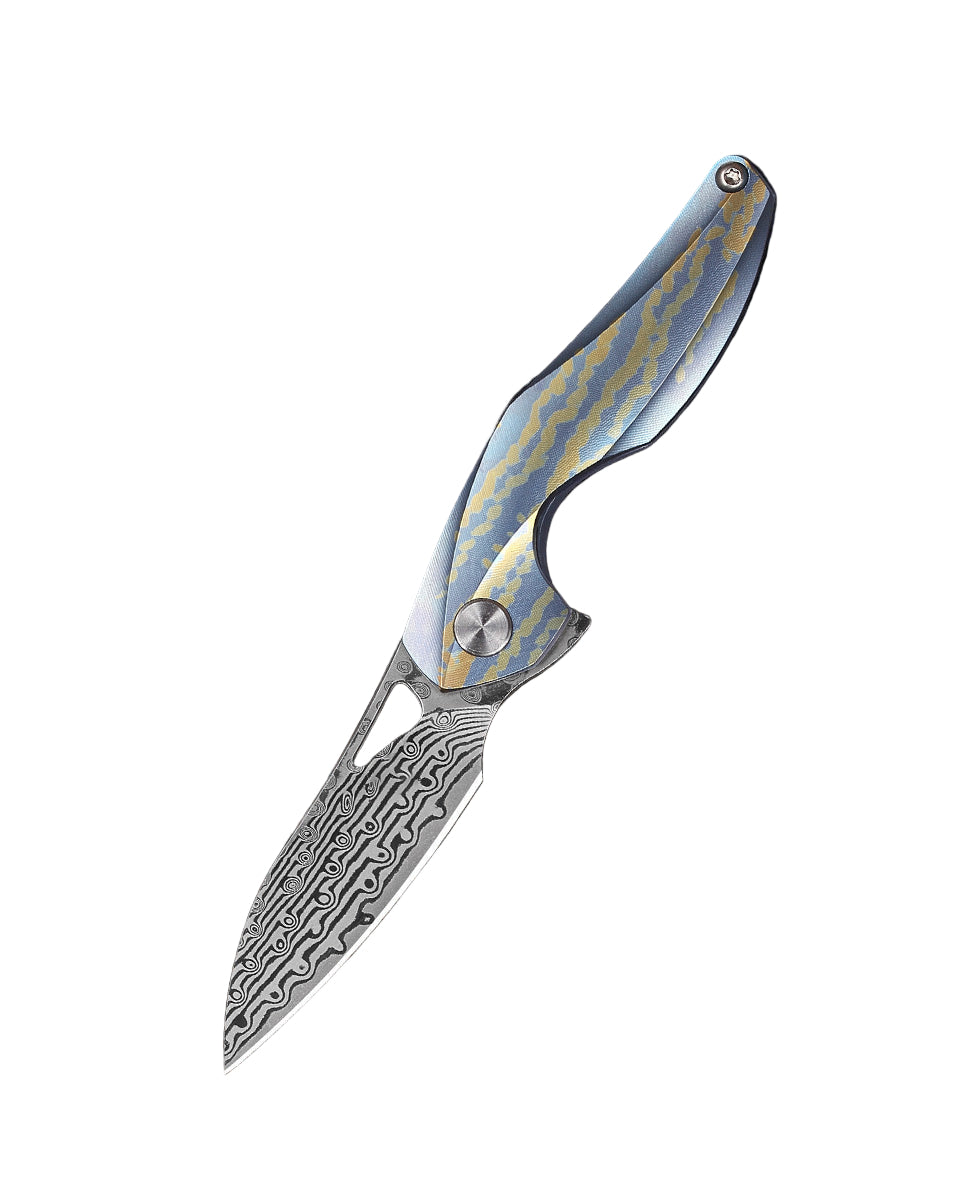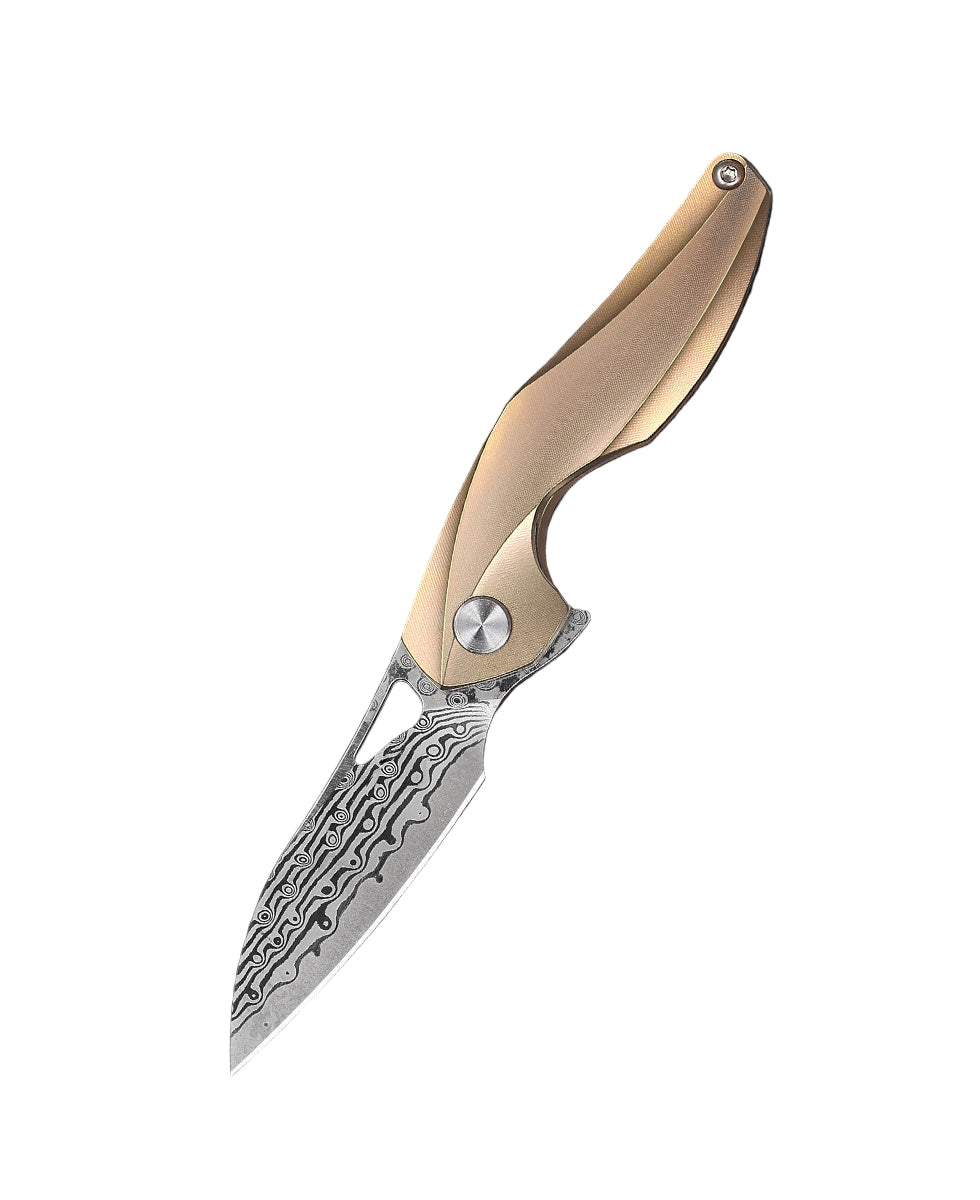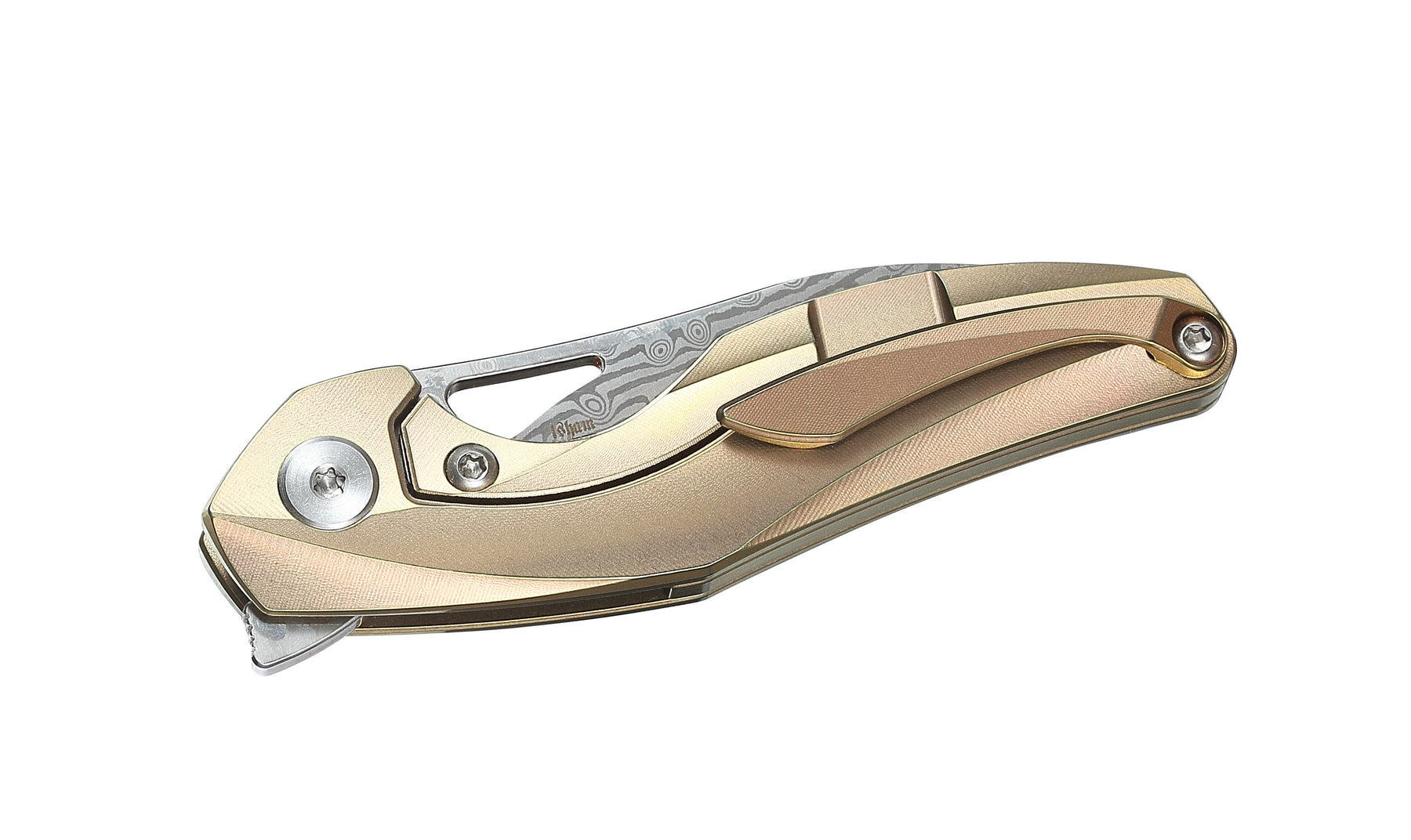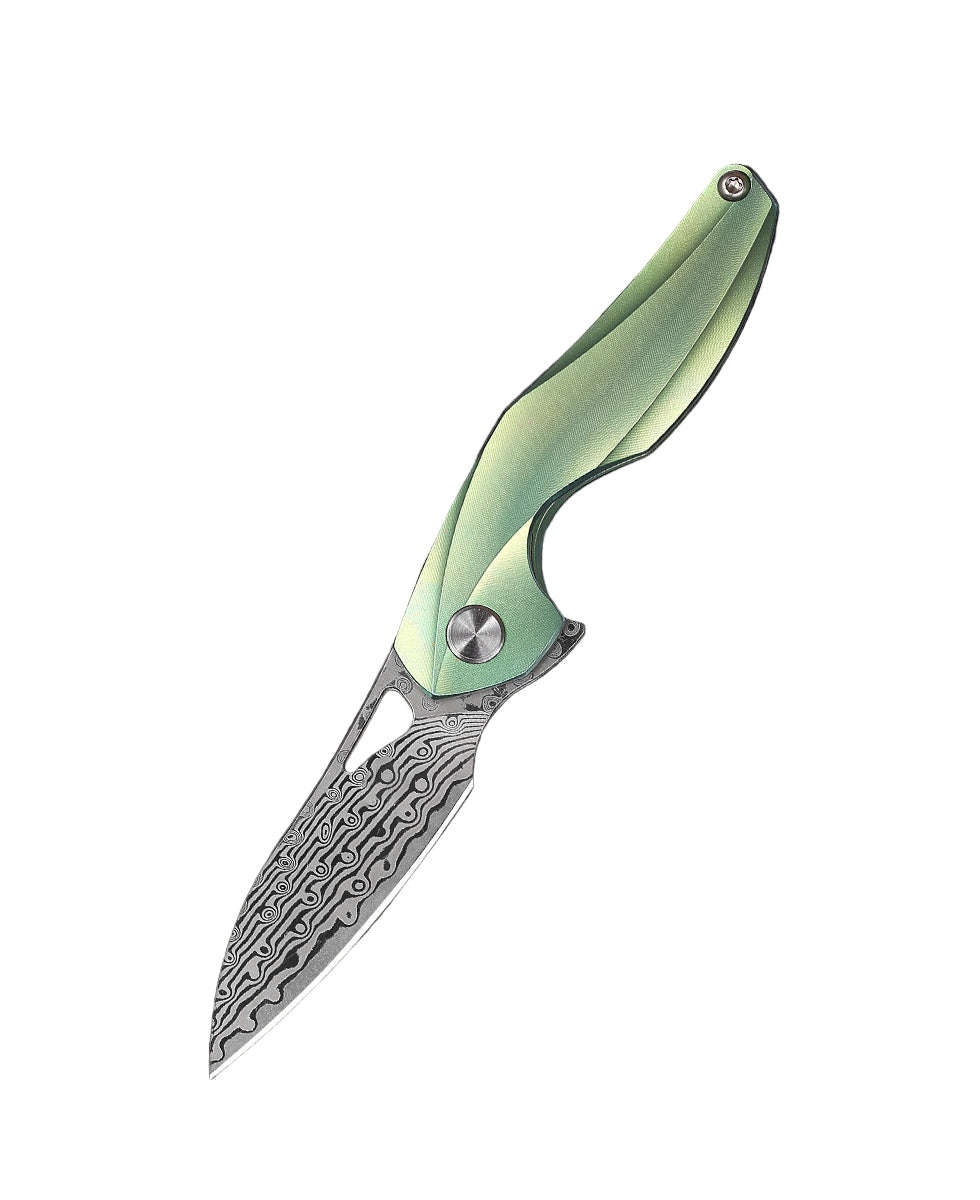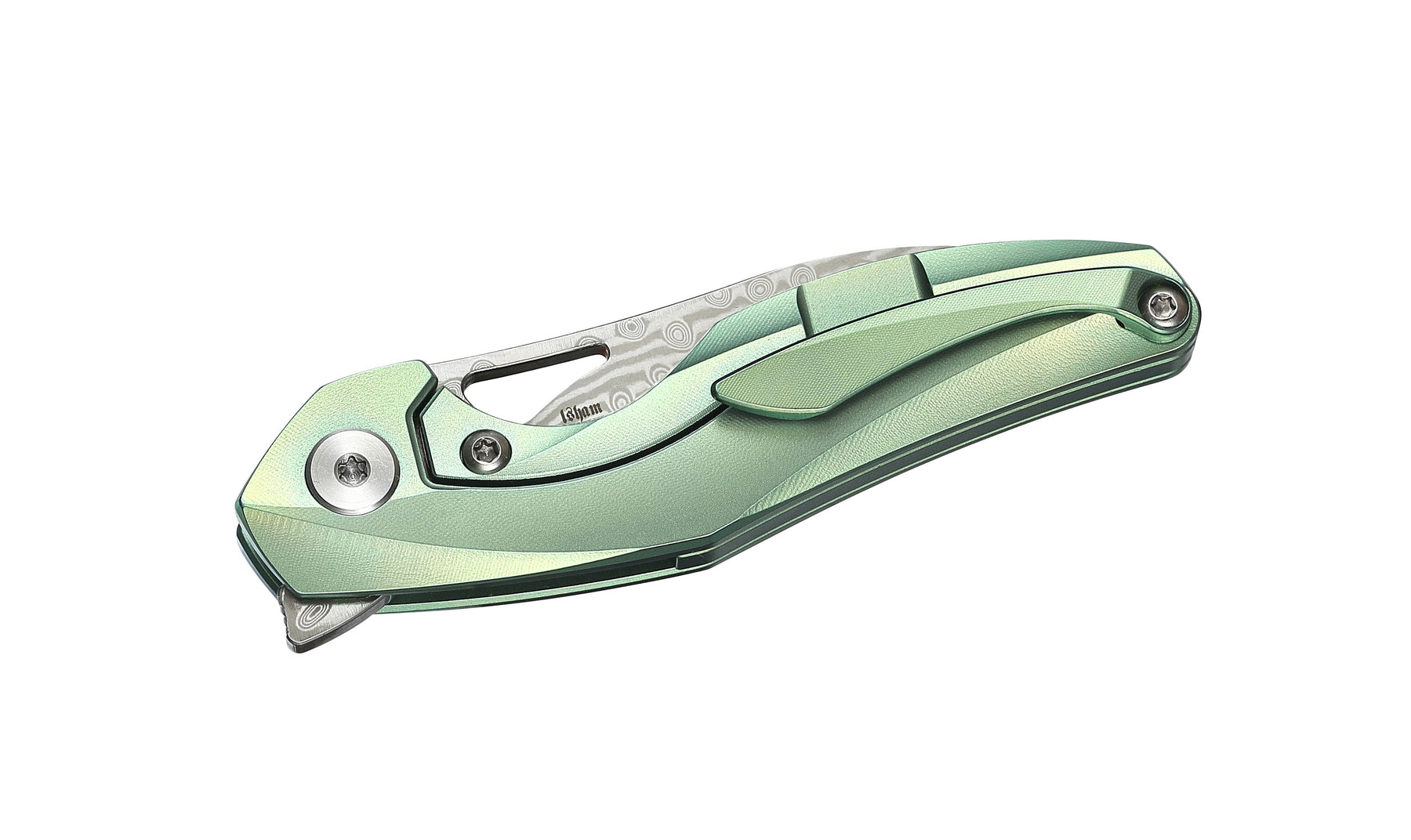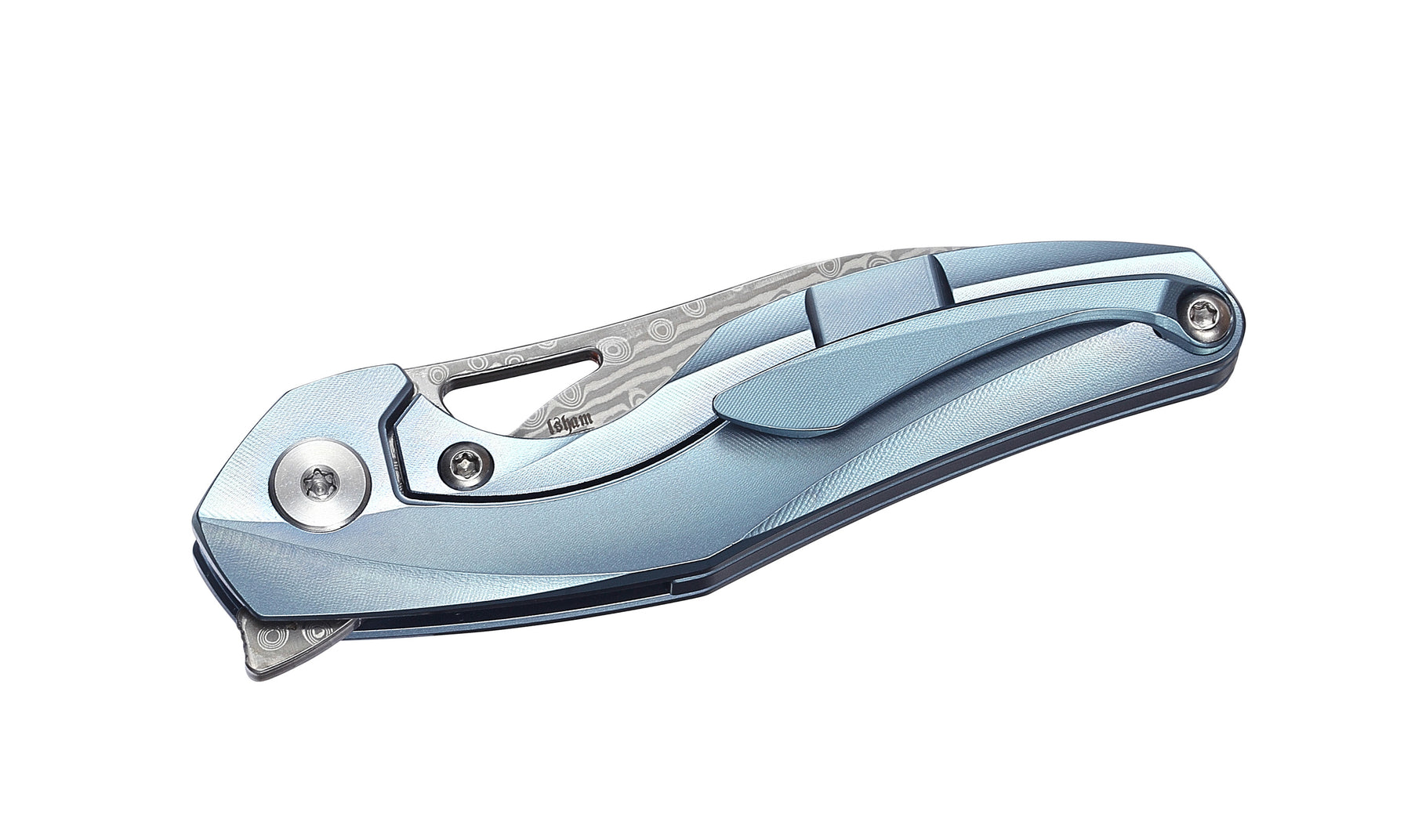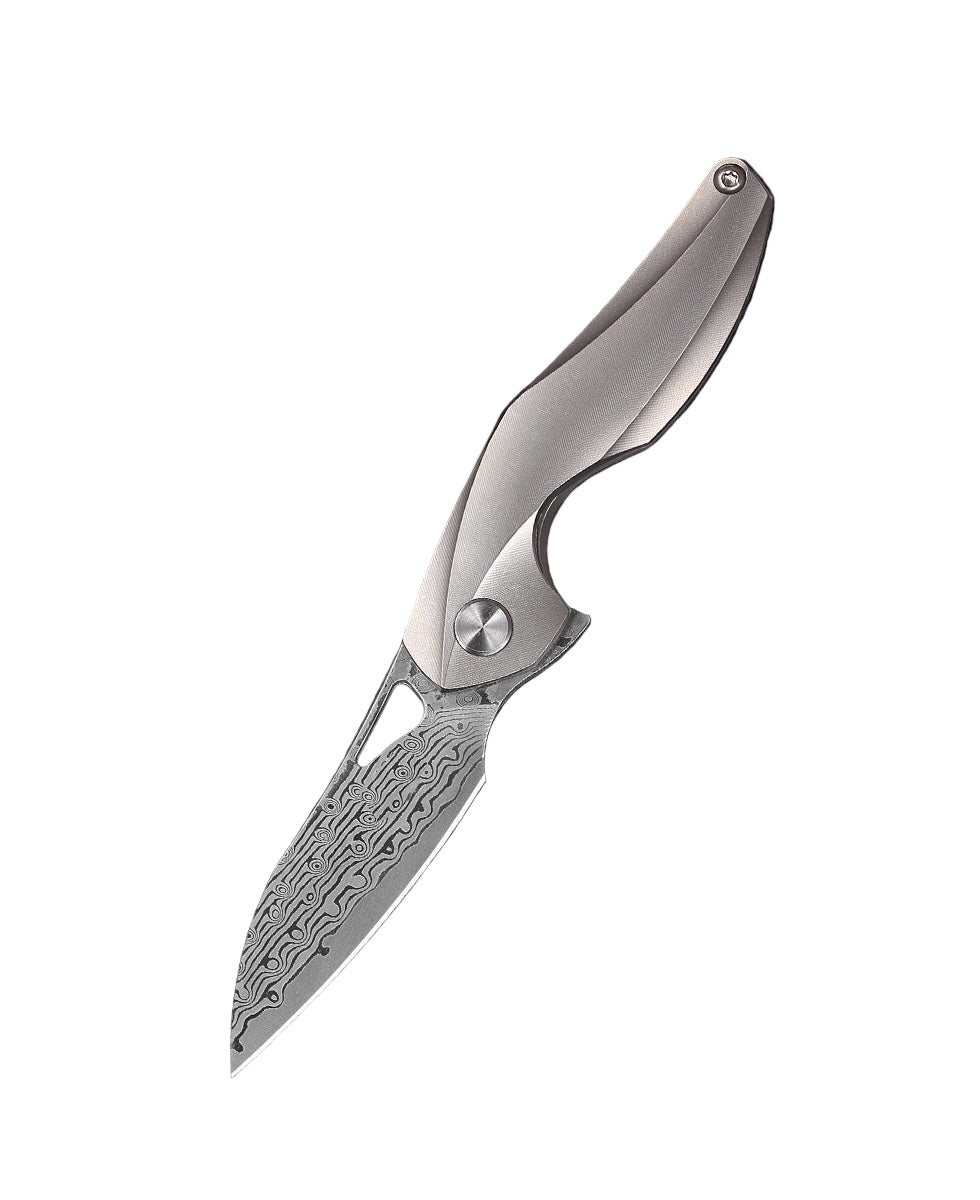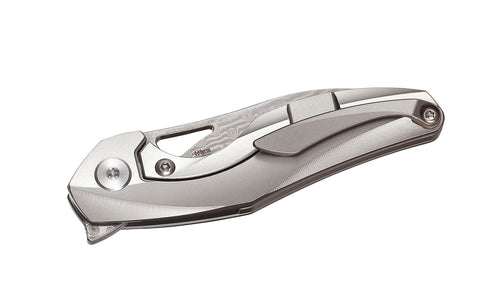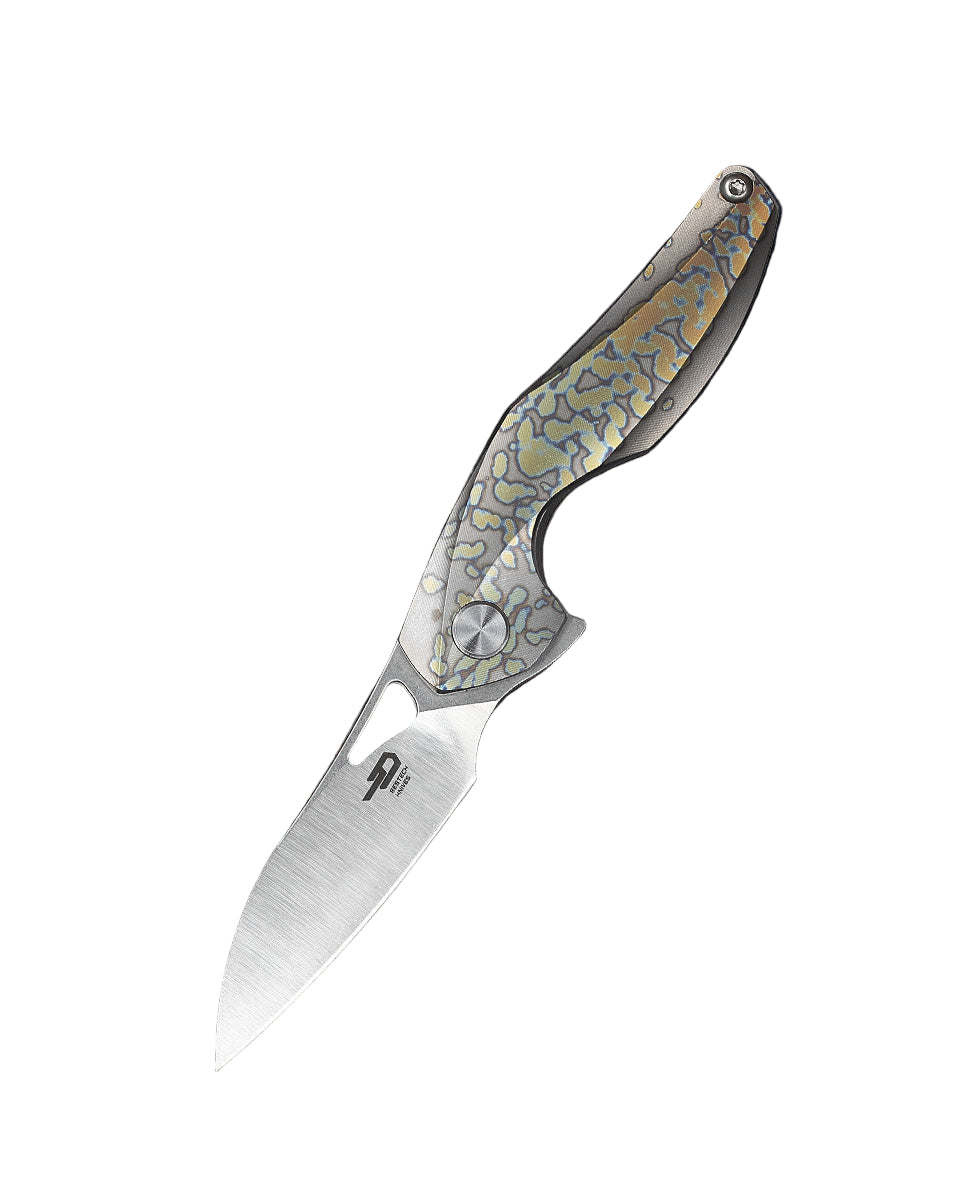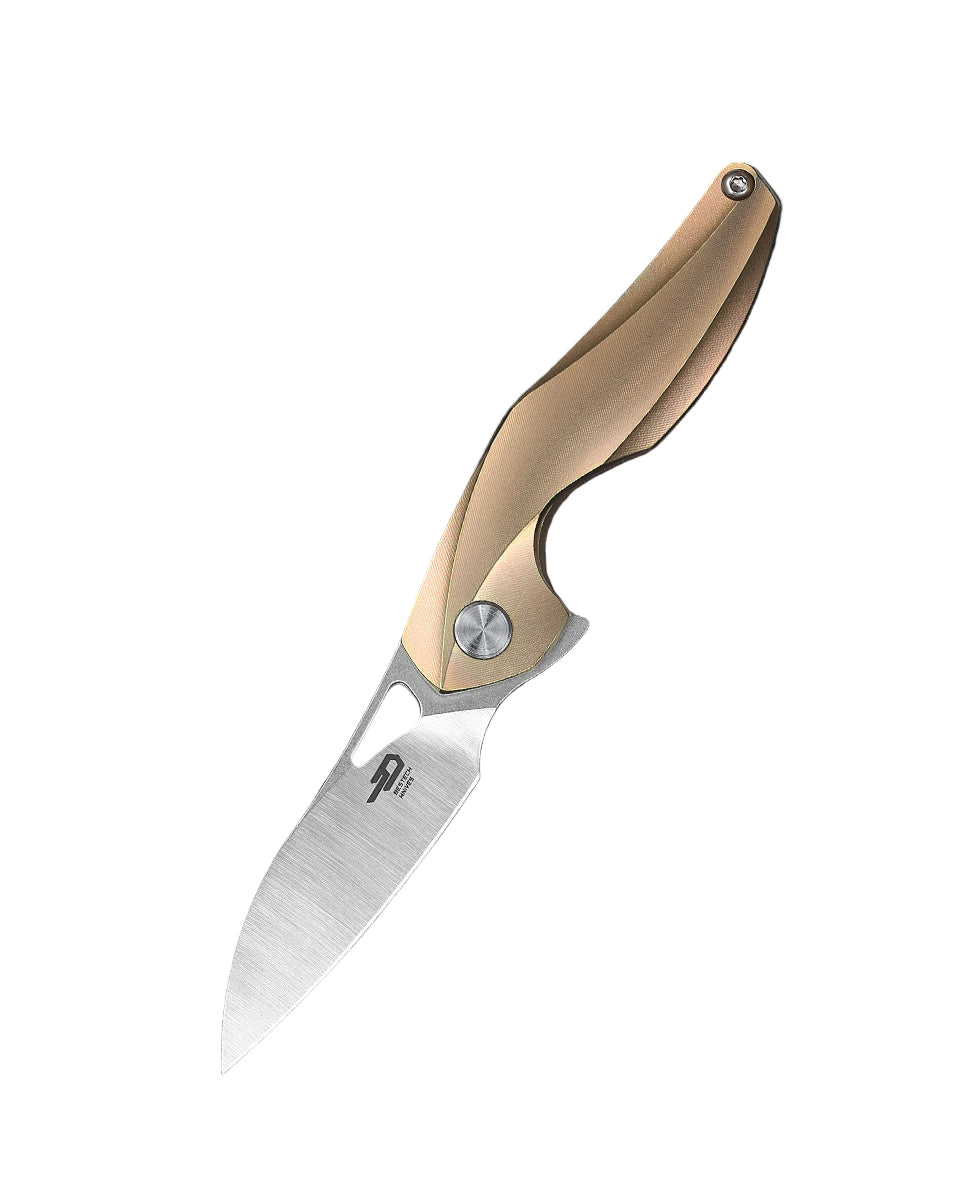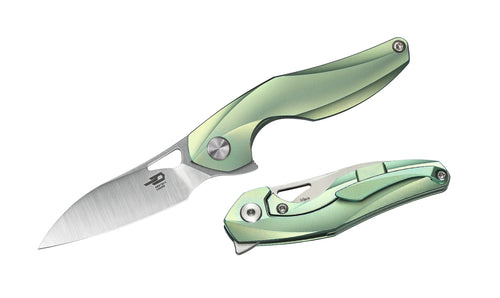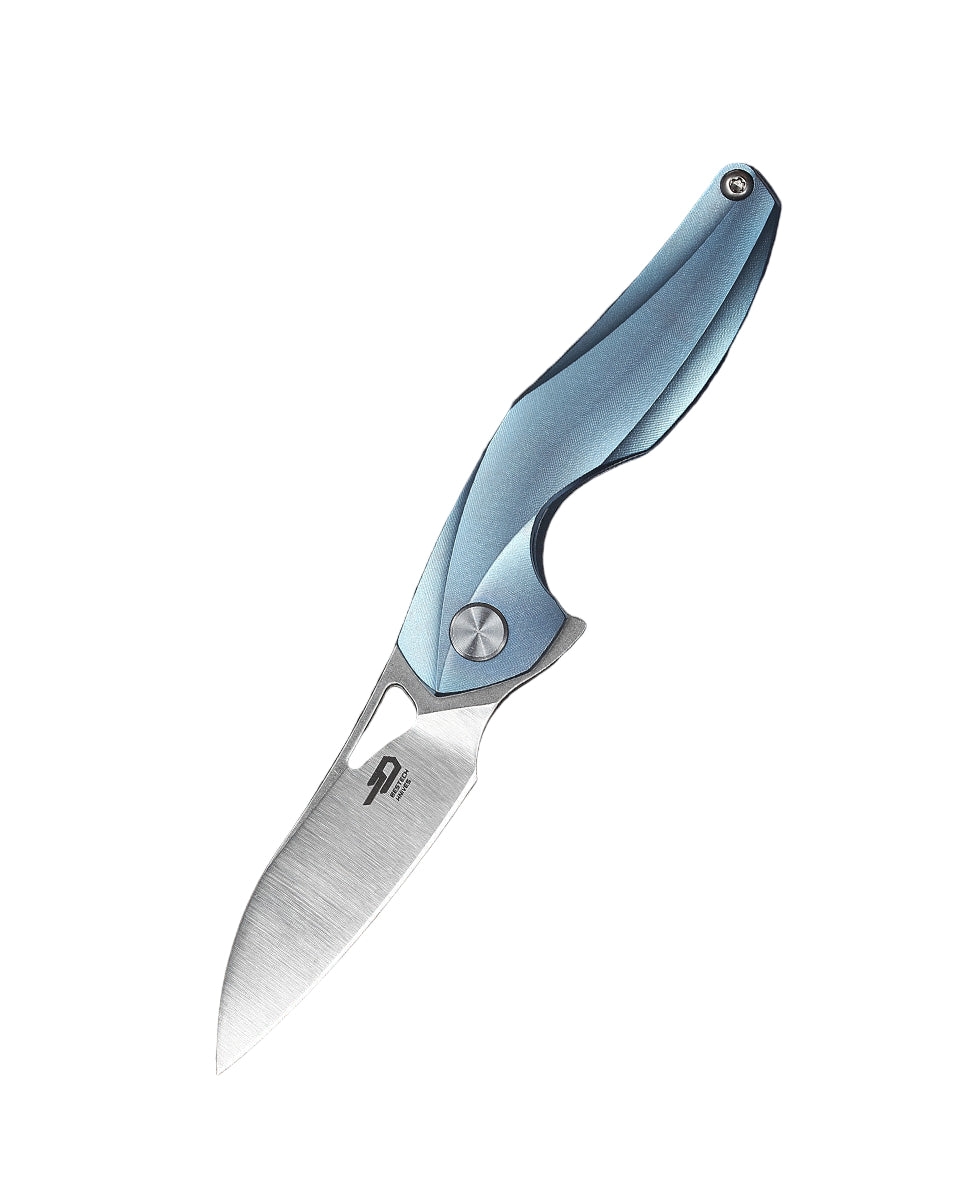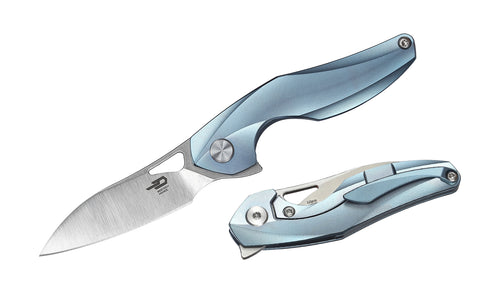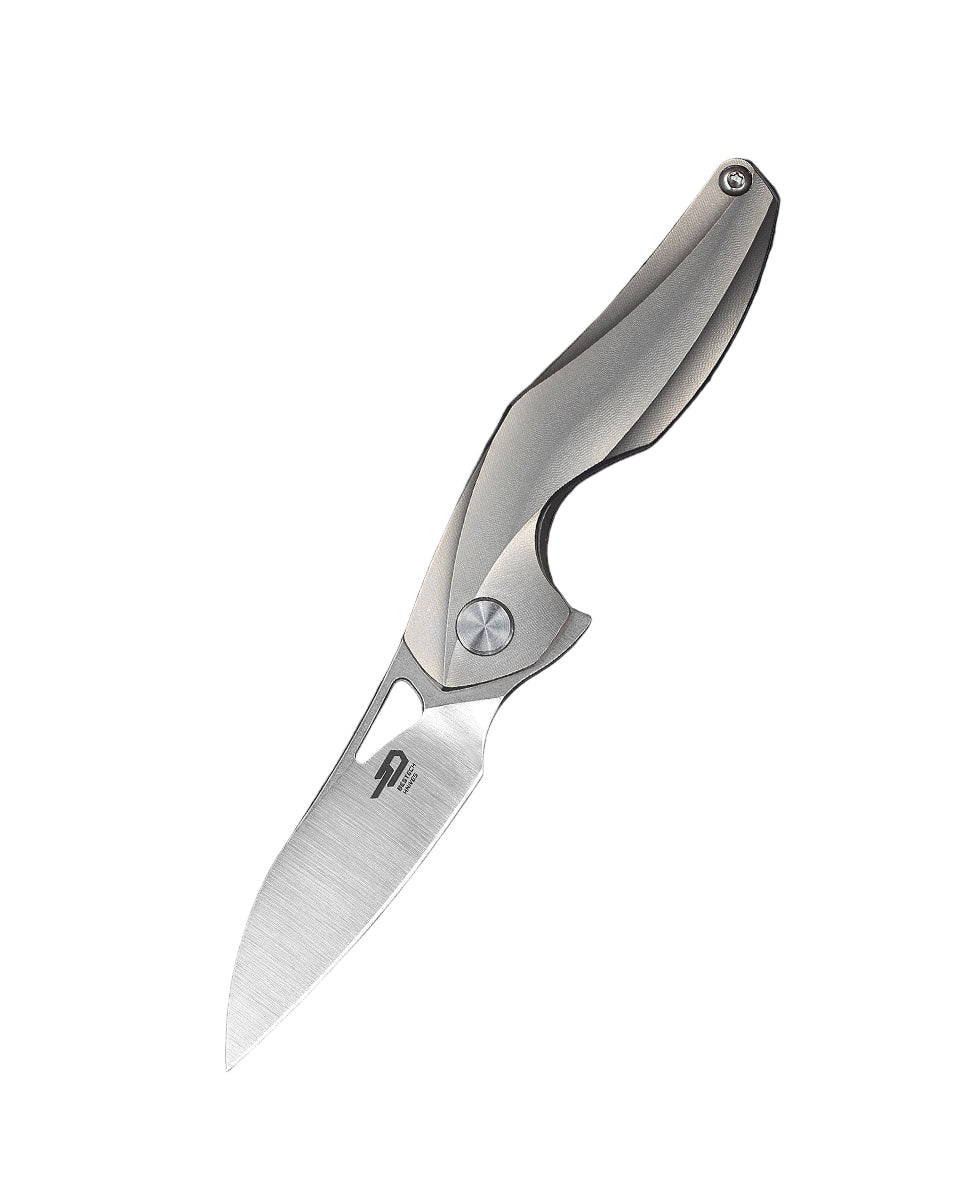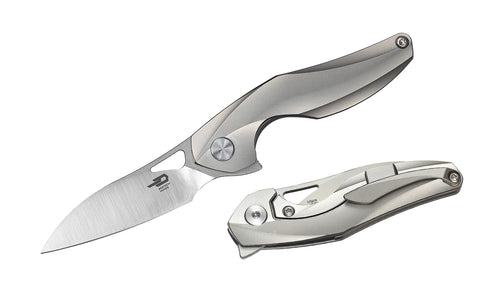When it comes to choosing the right steel for your knives, the options can be overwhelming. Two popular choices among knife enthusiasts are 52100 and CTS-BD1. But which one is better? Let's dive into the details to find out.
Composition and Properties
52100 is a high carbon, chromium steel known for its excellent wear resistance and toughness. It is often used in high-end knives and bearings due to its ability to hold a sharp edge. On the other hand, CTS-BD1 is a stainless steel with added vanadium for improved wear resistance and edge retention. It is also known for its corrosion resistance, making it a popular choice for outdoor and kitchen knives.
Hardness and Edge Retention
When it comes to hardness, 52100 steel typically has a hardness of around 60-62 HRC, while CTS-BD1 ranges from 58-60 HRC. This means that 52100 steel can potentially hold a sharper edge for longer periods compared to CTS-BD1. However, CTS-BD1 offers better corrosion resistance, making it a more low-maintenance option for some users.
Toughness and Durability
52100 steel is known for its toughness and ability to withstand heavy use without chipping or breaking. It is a favorite among knife makers who prioritize durability in their blades. On the other hand, CTS-BD1 is also a tough steel, but it may not be as robust as 52100 in extreme conditions.
Conclusion
In conclusion, both 52100 and CTS-BD1 are excellent steel choices for knives, each with its own strengths and weaknesses. If you prioritize edge retention and hardness, 52100 steel may be the better option for you. However, if corrosion resistance and low maintenance are more important, CTS-BD1 could be the superior choice. Ultimately, the best steel for your knife will depend on your specific needs and preferences.


